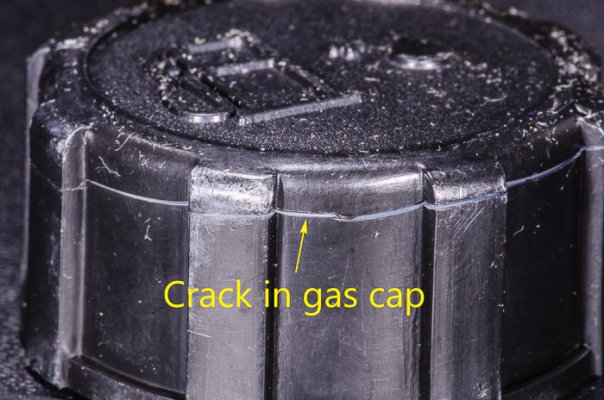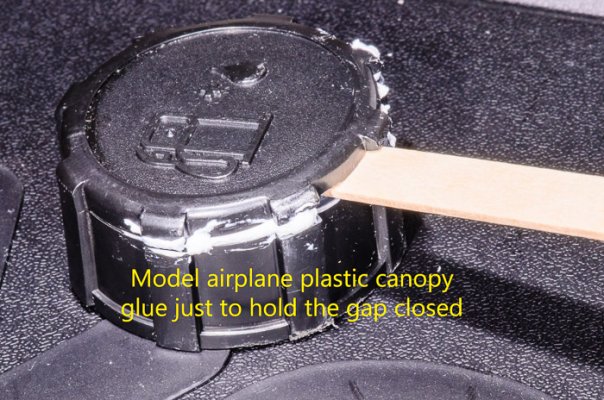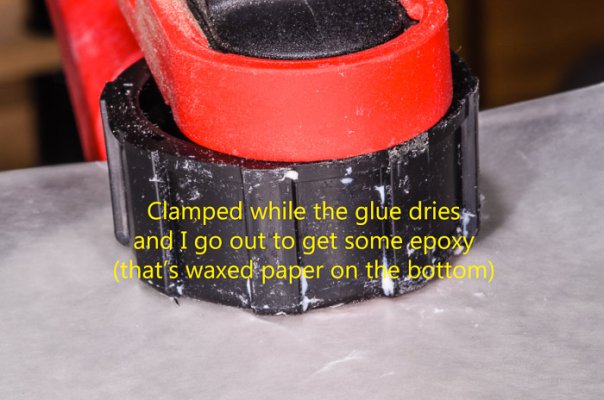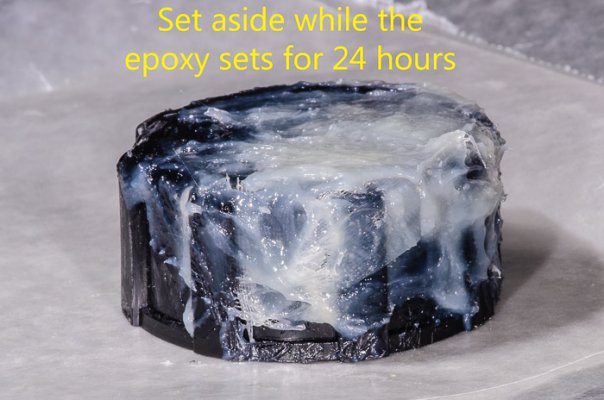Reading NW-Bound's accounts of electronic repair leaves me in total awe. I'll try almost anything except Air Conditioning, but the part about replacing capacitors makes me shudder. I recently took apart an older 17" laptop, just to see what was inside.
I mean.. who builds these things? The screws were so small that I couldn't even find them, and the parts that "snap" together make ya wonder if that's the only way to to take them apart. The LCD screen didn't seem to have any connections, except the plasticky tabs with brass strips inside.
I DID go to a YouTube step by step instruction for a similar laptop. It showed what looked like a 50 step process to take apart, and a similar "put together" series of steps. NO WAY!...
Now when I hear about friends who get estimates for laptop repair that total into the $200+ range, I understand.
Amazing we've come to the point where "replace" is cheaper than "Repair".
On the other hand, my neighbor gave me a $500 electric boat motor that he had taken to the dealer where he bought it a year before, for repair. The "shop" estimated a $250 repair to replace a circuit board. When I opened the "head", and did a continuity check, I found a cold solder joint. Total repair time 7 minutes. Gave the motor back, and am now the local "Mr. Fixit"... Not sure it was a good move.







